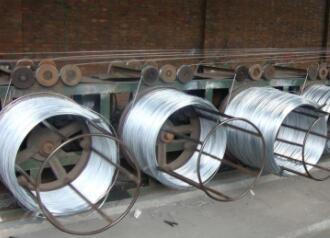Building Nails The Unsung Heroes of Construction
When we think of construction, we often envision grand structures, intricate designs, or large machinery. However, nestled within this vast framework of building are the often-overlooked building nails. These small yet crucial components serve as the backbone of construction, holding together pieces of wood, metal, and other materials to create resilient structures. In this article, we will delve into the significance of building nails, their types, manufacturing processes, and their indispensable role in the construction industry.
The Importance of Building Nails
Building nails are essential fasteners that play a critical role in various construction and carpentry projects. They are used to join materials together, providing structural integrity and strength. The efficacy of a building nail lies in its ability to hold materials tightly, resisting pull-out and sheer forces. This reliability ensures that buildings remain intact under various stress conditions, from the daily wear and tear of human activity to the forces of nature such as wind and earthquakes.
In addition to structural durability, building nails also contribute to the efficiency of construction. The ease of installation allows builders to quickly assemble frameworks, allowing projects to progress at a rapid pace. The cost-effectiveness of nails, compared to other fastening methods, makes them a preferred choice for both large-scale commercial projects and small DIY home improvements.
Types of Building Nails
Building nails come in a variety of types, each designed for specific applications
. Common types include1. Common Nails Often used in framing, these nails have a thick shank and a flat head, making them ideal for wood-to-wood applications.
2. Box Nails Similar to common nails but with a thinner shank, box nails are used in lighter construction to reduce the risk of splitting the wood.
3. Finishing Nails With a small head and a slender shank, these nails are used in finishing work, allowing for a cleaner look as their heads can be hidden below the surface.
building nails

4. Brad Nails Even thinner than finishing nails, brad nails are used for delicate work, such as trim and molding, providing a subtle hold without damage.
5. Roofing Nails Designed specifically for attaching shingles and roofing materials, these nails often have a larger head and are made from galvanized steel to withstand the elements.
6. Concrete Nails Made to penetrate concrete surfaces, these nails often feature a hardened body and are used in various masonry applications.
The Manufacturing Process
The process of manufacturing building nails involves several stages. It starts with the selection of raw materials, typically high-carbon steel, which ensures strength and durability. The steel is then drawn into wire of the desired diameter. Various processes such as cutting, heading, and coating are subsequently applied. The header of the nail is formed through a process called heading, while the cutting stage allows for various lengths and types suited for different applications.
Once manufactured, nails may undergo additional treatments like galvanization to enhance their resistance to rust and corrosion. This is particularly important for nails used in outdoor construction, where exposure to moisture can lead to rapid degradation.
The Future of Building Nails
As the construction industry evolves, so do the materials and techniques used in building. The emergence of alternative fastening technologies, such as adhesives and screws, has sparked discussions about the future role of nails. However, their historical significance and reliability ensure that building nails will remain a staple in construction for the foreseeable future.
In conclusion, building nails may seem like small, unglamorous components in the construction industry, but their impact is substantial. They are vital for the integrity, speed, and cost-effectiveness of construction projects. As we move forward, a renewed appreciation for these unsung heroes of building can remind us of their significant role in creating the structures that shape our lives. Whether in a towering skyscraper or a simple wooden shed, building nails will continue to be the silent warriors holding it all together.

















